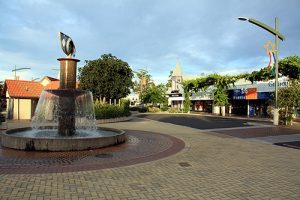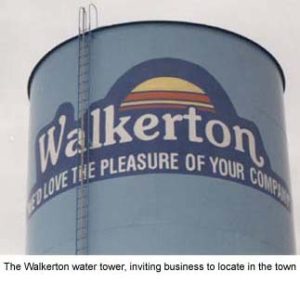I served on one of those water inquires, back in Canada after the 2000 outbreak of E. coli O157:H7 that killed seven and sickened 2,300 residents in Walkerton, Ontario, Canada, a town of about 5,000.
It was decent work, but what surprised me most was the actions taken by various social actors in the aftermath of the outbreak: protect themselves, public health be damned.
The number of higher-ups who wanted to meet with me to express why they did what they did, in a private chat, had absolutely no influence on my conclusions, and was sorta repulsive.
Maybe I was naïve.
Still am (I’m the full professor from Kansas State University who got fired for bad attendance with — nothing, except my family, and that makes a good Hollywood tale).
In August, 2016, about 5,530 or 39 per cent of Havelock North, New Zealand’s population reported gastroenteritis from Camplylobacter in the water supply, 1,072 of those confirmed cases.
Nicki Harper of the New Zealand Herald reports a government inquiry into contamination of a Hawke’s Bay water supply has made 16 draft recommendations.
The inquiry into the Hastings District Council’s request to re-activate a Brookvale Road bore to augment Havelock North’s peak summer water supply retired today with a set of draft recommendations.
Before wrapping up proceedings, inquiry panel chair Lyn Stevens QC thanked the Hawke’s Bay Regional Council (HBRC) and Hastings District Council (HDC) for the efforts they made that resulted in the regional council dropping its prosecution of the Hastings council.
This agreement came after the first day of hearings on Monday, when pressure was applied by the panel to re-consider the charges.
After extensive questioning on Monday, the regional council agreed to withdraw the charges relating to breaches of the Hastings District Council’s resource consent conditions for taking water from Brookvale bores 1 and 2 – opting to instead consider issuing infringement notices.
Mr Stevens said, “The panel has noted a level of defensiveness in some of the evidence filed to date.
“I’m not being critical of any organisation or witness but wish to emphasise the overriding interest with this inquiry is the public interest, while we look to fulfil the terms of reference to determine the possible causes of contamination.”
A set of 16 draft recommendations were issued and Mr Stevens said the joint working group would be an important conduit to implement them.
The aim was to have the bore re-opened at the end of January before Havelock North water use reached peak demand in February.
Among the recommendations was a directive that the working group – comprising representation from HDC, HBRC, the DHB and drinking water assessors – meet regularly and share information of any potential drinking water safety risk.
For at least 12 months from December 12, the bore would receive cartridge filtration, UV and chlorine treatment, and a regime of regular montioring be implemented.
It was also recommended that the HDC draft an Emergency Response Plan before Bore 3 was brought on line.






